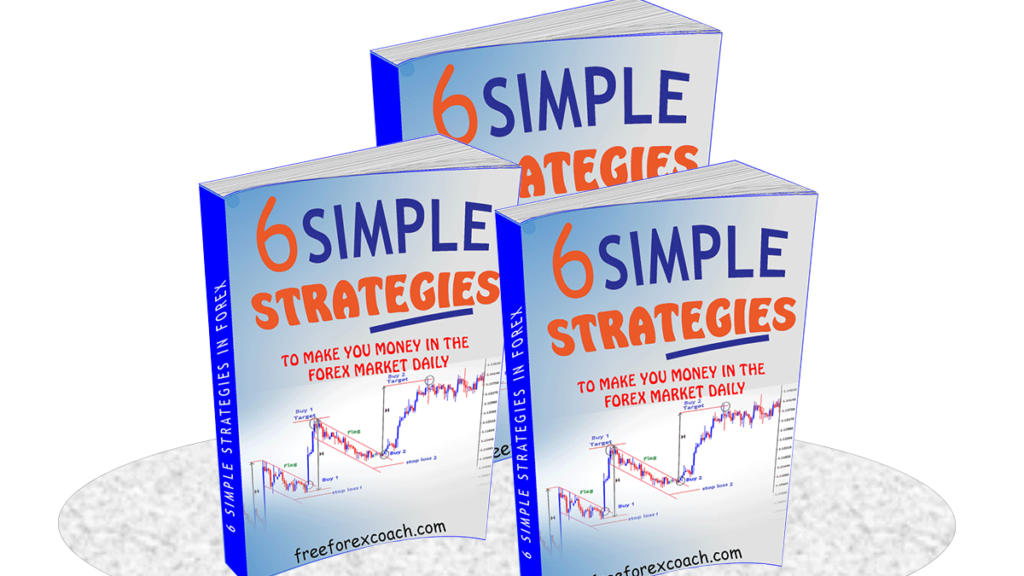There are various Components that you must review in your trading journal to create a ‘Success Profile’.
These become the basis for your trading that you will consciously attempt to implement in the coming week.
A trading journal tracks all your trading events starting with the moment you start to analyse charts to when you close trade.

A part from having a daily routine review, you can make it a point to conduct a weekly ritual audit/review of the trades made during the week.
Focus not only on the wins or the lost trades but on every detail on the journal.
From the audit of the winners, try to identify what you did right, the market condition and how the trades moved.
The trading journal review practice is to help you create your own model of trading success. A model built from your own trading experience rather than borrowing one from a trading guru.
Let’s now some of the major components to review in a trading journal
Components that you must review in your Forex Trading Journal
1. Entry signals.
You don’t just trade because you are seeing the market move in a certain direction. NO!!..
You must have a reason why you are trading or why you do the things you do in the market.
Why you think it’s your right time to enter the market or exit a the market, depending on the kind of setup you are using to trade and the rules of your trading plan.
Reviewing your entries in the trading journal helps you to know if you are following your entry rules or not. You could be making early or late entries.
If you are trading different strategies,
This also helps you to know which strategy is giving frequent setups and its winning rate. This later in time helps you to choose the best set up of them all.
It is also very important to always take screenshots of all the trades you take on your charts while in the market for review when you are off the market.
This will help you to identify errors if any. These could be late entries, early entries, closing trades early, not trading your setups, taking wrong stops and targets and using bad lots.
2. Trade management rules
This includes all actions taken when the trade is running. They are major components to review in your trading journal
Actions like trailing stops, adding positions and manual trade closing. Setting stop losses and take profit targets must be reviewed.
When you review this, you can find out if you are setting your stops and targets correctly. Or if there is need for any improvements.
You will also find out if you prematurely close out your profitable trades with no valid reason. Or if you are trailing your stops too close without giving the market room for breathing!
3. Trading performance statistics.
Numbers don’t lie. This will clearly show you your system and personal performance
Parameters to measure your Trading Performances include:
a). Net profit/loss.
This shows you the difference between your total gains and total losses (total gain –total losses).
You can also consider expenses such as commissions, cost of equipment and other associated costs while trading. This is the final result.
All improvements will be reflected on this. So now let’s look at where to critically focus.
Wins% and Loss%
Wins% is the percentage of total wins divide it to total number of trades taken in that period of time.
The number of times you win each time you trade.
On the other hand, Loss% is the percentage of total number of losses divide it to total number of trades taken in that period of time.
This indicates the winning rate of your system
b). Largest winning trades Vs Largest losing trades
The largest winning trades show the highest peaks in your trading curve, while attaining abnormal rewards.
Whereas, the largest losing trades show the highest falling peak on your trading curve. Biggest losses you have made on your accounts.
You should be able to separate your largest win and lose trades from your average win and lose trade.
Once you do that, you will be able to get more dependable results and can identify conditions in the market during which those trades were taken.
The largest losing trade shows if you are maintaining your risk threshold.
For example,
If your rules included the 2% rule and yet your largest loss trade is more than 2%, this indicates a weakness in your ability to follow your risk rules. It is a big issue you must address.
c). Average Winning & Average Losing trades.
This indicates the overall risk reward ratio.
Of course we all want the average value of winning trades to be greater than the average value of losing trades.
Your risk reward contributes much on your trading performance. It shows how much you are willing to risk in relation to your expected return.
Your expected return should always be at least double or above twice than what you risk to lose. This way, your winning trades can cover up for the few small losses you make on failed trades.
d). Average holding time per trade
The time you spend holding a trade is also very important when looking at your trading performance.
You should be able to differentiate how much time you spend on both winning trades and losing trades from the time of entry to exit.
In case you spend more time holding on to losing trades than winning trades, you must revise your trading rules and make some adjustments.
Alternatively,
If you make money on long term trades than short time trades, then you should know the kind of a trader you are. And the perfect time frame to use for your system to perform. The reverse is true.
e). Maximum DRAW DOWNS
Your maximum draw down represents the big amount of money you lose from your account before making an additional amount of big sum to your account.
For example,
if we had $3,000 on the account and we are trading using the 2% risk rule.
If we get 5 consecutive losses, before we could make an additional sum, we make a loss of $300 since each loss is equivalent to $60. This is a 10% draw down of your trading system.
However, risking a lot for a single trade may cause a large draw down when the trade is wrong.
Using a big size/ big risk may bring big rewards to your account but it is at the same time dangerous. A part from causing a big draw down for your account it can blow your account just in only one trade.
Monitoring your draw downs is one of the best indicators to measure your trading performance.
You can track this only when you review your trading journal. Adjust your risk and cut down some of the behaviors that are likely to expose your account to a great risk.
f). Trading expectancy
This is the average amount of returns on your investment expected over a period of time.
For example;
If your trading strategy gives an average of 5 setups/trades a week and it has a winning rate of 70%. This means out of 5 you would have 3 wins and 2 losses.
Trades that qualify to be taken must be at a minimum risk reward of 1:3.
If the maximum you can risk on your account is 2%. Assuming your account is equivalent to $10,000. What would be your expected returns per week?
Account balance =$10,000
Maximum risk amount = (2%×10,000)= $200
Minimum Profit = $(200 x 3) = $600 (Risk:Reward, 1:3)
Total expected trades per week = 5
Average win =3 trades
Expected Gross profit per week =(3×600) = $1,800.
Average loss =2 trades,
Expected gross loss per week = (2×200) =$400.
Net profit at end of week = ($1,800 -$400) = $1,400
Therefore, trading expectancy = (1,400/10,000) x 100% = 14%
So the expected returns using this system per week is 14% of the account balance.
Aiming at having high expectancy for every trade you take enables you to make profitable trades and achieve high gains.
Your risk to reward ratio and the position size are the major determinants towards your expected return, holding other factors constant.
In summary
The above components to review in your trading journal help you to avoid trading under certain market conditions and help you not to repeat same mistakes again when trading.
Reviewing your trading journal improves on your trading performance and maximizes your expectancy.
Doing more of what works and less of what doesn’t work, is a unique ability to become your own coach.
Find your own trading strategy and create models built on that. This will enable you to become your own trading guru rather than fostering an unhealthy dependence on others.
How Does Greed Impact your Forex Trading Success?
There are several ways greed can impact your Forex trading success. Firstly, greed can make you abandon your well crafted trading strategy in favor of impulsive and speculative actions. Instead of adhering to predetermined entry and exit points based on technical or...
-
- Topic
- Voices
- Last Post



